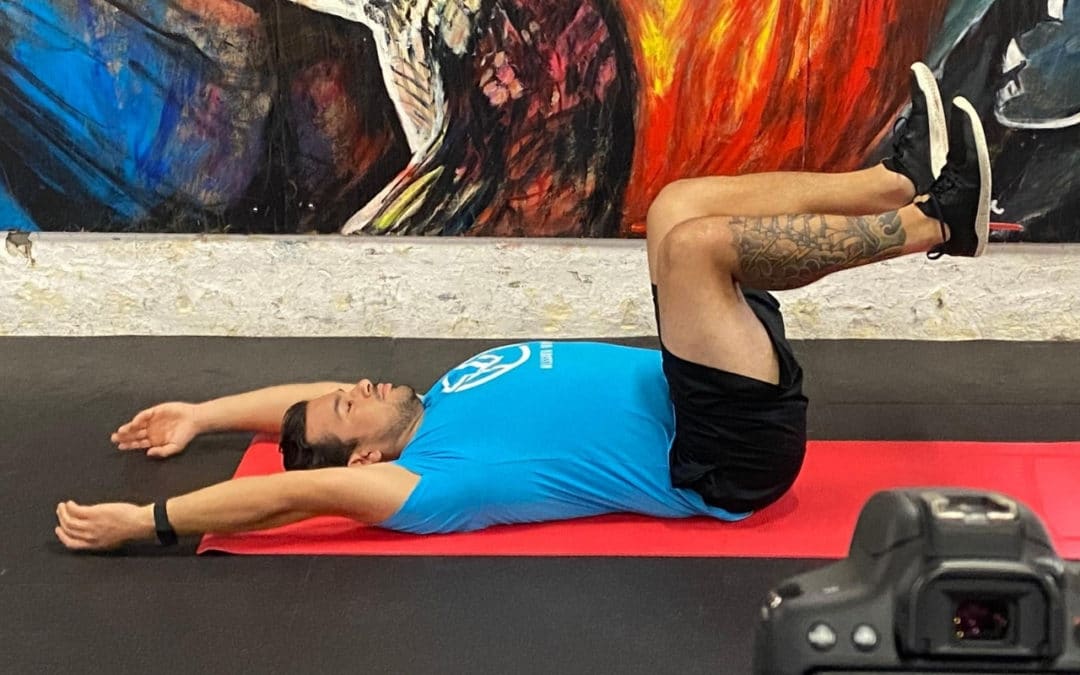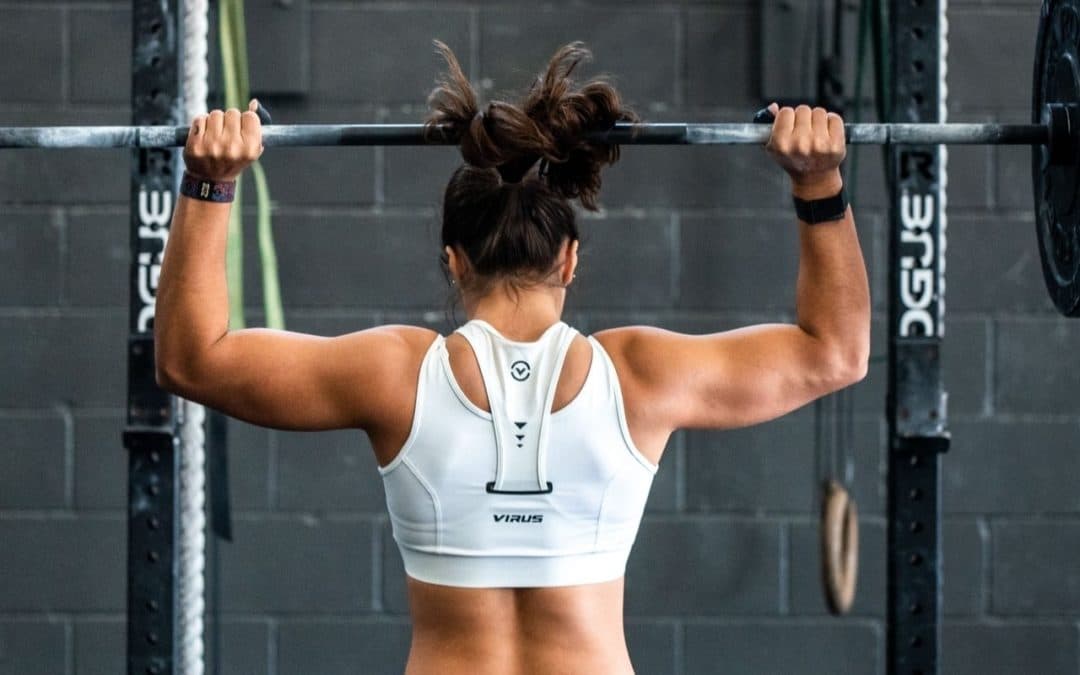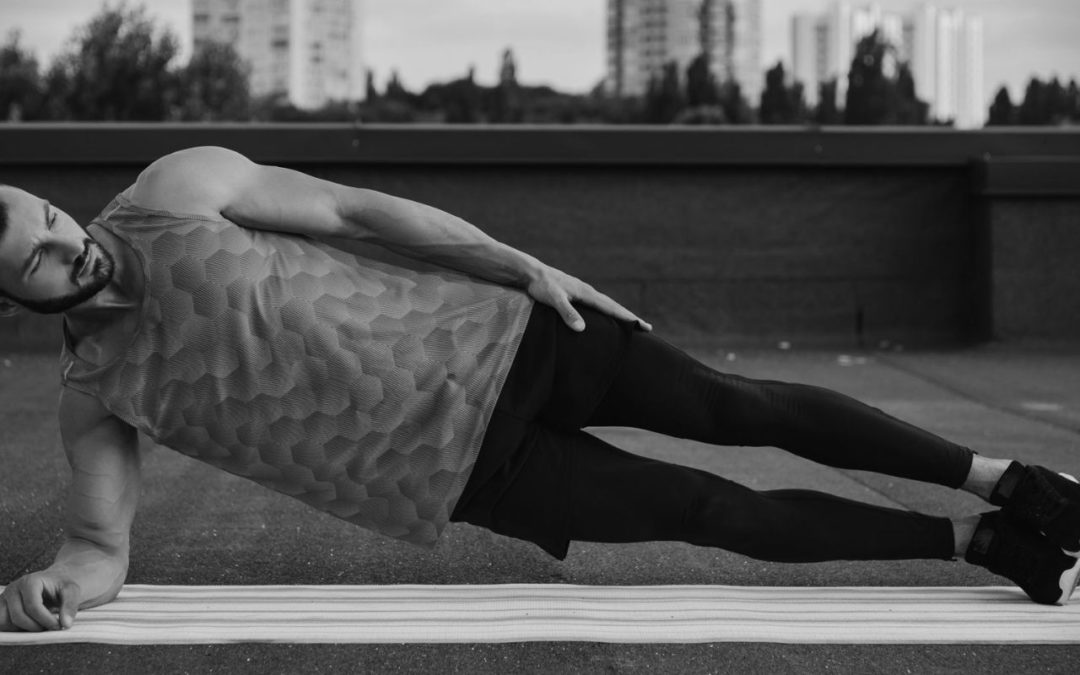Just like a diet needs a caloric deficit to make you lose weight, a mobility program needs certain things in order to help you move better.
In this article we will explore the top 5 things that the most effective mobility programs should have to be as effective as possible.
#5 Effective programs have you do something… anything
This one is pretty obvious. It can only really be called a program if it has you do something specific. If you are expecting your mobility to improve miraculously without doing anything I don’t know what to tell you… It won’t work.
So the best mobility programs have a specific set of things to do to get you to your goal. They have structure and well-defined parameters.
An example of a decent program may be daily soft tissue work followed by dynamic stretching and finally some sort of strengthening exercises to help anchor the body to its new range of motion.
An example of a less effective program would be 30 minutes of whole-body foam rolling every day. It is still better than nothing but it misses some of the most important principles that we will address below.
Regardless this program is still better than nothing at all.
#4 The most effective mobility programs are based around consistent effort
Consistency is the one factor that makes any fitness goal a reality.
You won’t lose weight if you aren’t consistently in a caloric deficit, you won’t build strength if you aren’t consistently lifting heavy things, and you can’t gain mobility if you aren’t consistently doing the exercises that help create mobility.
Notice a trend?
It turns out that there is a lot of data out there with regard to the frequency of flexibility training, specifically stretching. Many researchers have found that if you aren’t stretching at least once every 12 hours then you will see minimal change or not see any improvement at all.
The good news is that adding different elements into a program in addition to stretching may help improve that statistic, but you still need to be consistent.
And by the way if having to stretch that often is discouraging to think
Which brings us to our next point.
#3 Effective programs use a variety of approaches
In other words, the best mobility programs don’t rely on a single technique or exercise to get you to your goals.
I had an athlete talk to me about how he could improve his mobility. He was the poster boy for poor movement- A desk job, minimal activity over the previous decade or so, and of course didn’t know what he really needed.
After listening to his complaint of trying to improve his mobility for things like overhead squats I asked “Tell me what your normal routine is.”
You know what he said?
He told me that he pretty much foam rolled his whole body for 30+ minutes every day!
Cheers to consistency but boo for variety!
In a previous article, I spoke about how to design an effective mobility program in just a few steps. That article followed a simple process that sets the stage for mobility to improve and stick. The process included:
-
- Soft tissue work to help tight muscles relax
- Some sort of lengthening exercise like a static or dynamic stretch
- An activation exercise for the muscles that will help pull the body into the new range of motion
- And some form of integration exercises to help the brain make sense of the new motion and control it.
It’s safe to say that the most effective mobility programs don’t all include every one of these steps, but I would bet that they all include at least a couple of them.
#2 They use end range strengthening and integration
This one piggybacks off of using a variety of approaches. If there is one type of exercise that a good mobility program should include it is end range activation and integration exercises.
Here’s why-
I can usually get someone to improve range of motion quickly with a foam roller or just by stretching.
The problem is that those flexibility gains are short-lived and they also don’t address the issue of control.
What good is more flexibility if you can’t control how your body uses it?
This is where end range strengthening and integrative exercises become essential.
Once you have created new range of motion it is important that the brain and nervous system know how to control the joint in that new range.
It’s actually more simple than it sounds and you can easily implement these principles on your own.
There are 3 different techniques I really like to use for this application:
Eccentric exercises
AKA negatives. These are simple and effective exercises to add into any training program. They work by maintaining a contraction in the muscle you are working as you move from a shortened to a completely lengthened position. They are effective at creating strength and the ability to activate a muscle through the entire range of motion.
Take a look at this video of calf eccentrics as an example.
PAILs and RAILs
Progressive Angular Isometric Loading and Regressive Angular Isometric Loading. Both of these mobility techniques combine stretching with end range muscle activation. They are taught to practitioners in the Functional Range Conditioning course, though the concepts used in each technique have been used for decades by movement professionals.
Integration movements
These are exercises that also help your brain organize how to move in your new-found range of motion. These are typically multi-joint exercises that tie together many moving parts.
An example I like to use with people who suffer from overhead shoulder mobility limitations could be an overhead squat with a PVC pipe or light dumbbells after doing some specific mobility work.
Because they need to pull back their arms as they descend into a squat it forces the brain to try to control the new movement while adding the challenge of full-body movement.
This type of exercise could also just be one that you do during a regular workout, like a goblet squat to help improve ankle range of motion.
#1 The best mobility programs are specific to your needs
Knowing what your body needs should be the first step in any fitness program and mobility programming is no exception. You can do this by taking a look at your ability to move through some simple assessments.
Assessing your movement can tell us a couple of things:
- As a starting point, movement assessments show us what areas of your body need more mobility and what areas need control.
- Movement assessments also tell us if what you are doing to fix those issues is working. If our program isn’t helping we want to know early so we can pivot to something that will.
At Mission MVMT we typically test movement at an initial appointment as well as at each session and after a set period of time (usually a few weeks). This way we can see where the client started, how our treatments do in the short term, and how the client has progressed over time.
Not assessing yourself before and after a mobility intervention is probably the most detrimental mistake you can make. If you don’t have measurements to check progress how do you even know you are doing anything?
Think about it.
If you don’t know what you need then there is a good chance you are wasting time on things that aren’t even helping you.
I don’t know about you but I don’t have that much time to waste.
For instance, many of my patients have said that their hamstrings “feel tight” so they stretch or foam roll. It seems to help for a little while but that sensation of tightness always returns. When I assess their hamstring flexibility it looks great!
So why do they feel the need to stretch so much?
The fact is that relying on feelings isn’t all that effective. In this case the mobility issue is often a core stability deficiency or a hip flexor problem that makes them feel like their hamstrings are tight. Unfortunately loosening up the hammies won’t help these conditions much.
If these athletes had the insight to know what their bodies were telling them then they could have focused on those issues instead of wasting time on things that didn’t help at all.
Tying it all together
So now you know that if you are doing mobility work you should be consistently working with a variety of methods, especially end range activation.
Your mobility program should be pointing you towards a goal. And that goal should be defined using assessments, which also give you a starting point to build from.
These concepts are simple but aren’t always easy. Implementing them can be tricky.
What do you think?
Are you ready to start adding these elements to your daily mobility routine?
If you feel like you still need some guidance then sign up for our mailing list on the form below.
You’ll get a free gift from us – 5 Free sessions from our simple daily mobility program – Daily Tonic: Movement For Life.




